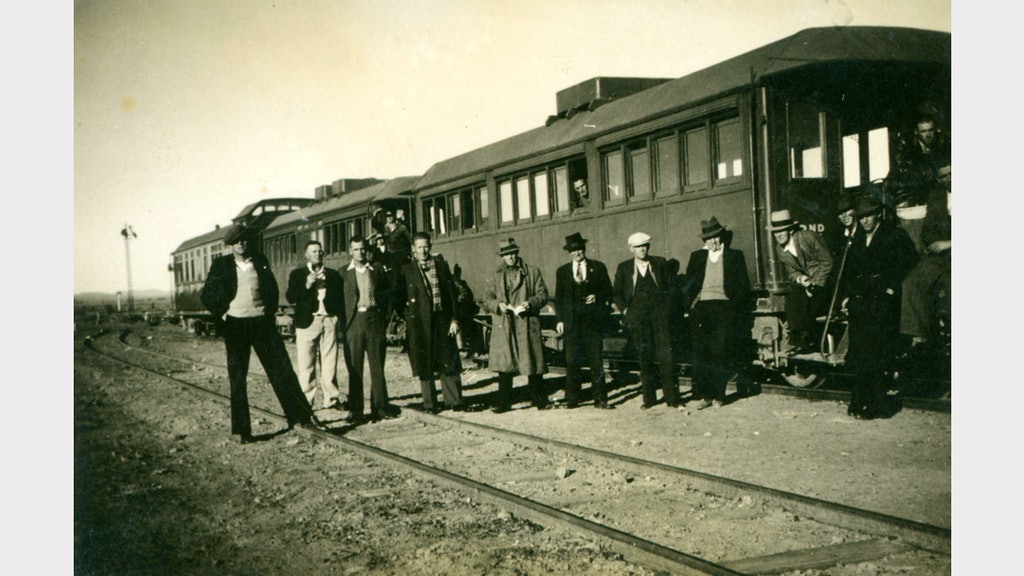About Taree

Image | Visit NSW
Our Town
The MidCoast Council area is found at the southern end of the New South Wales Mid North Coast and has a population of approximately 96,400 residents. It’s a large and diverse region of 195 towns, villages and localities, ranging from pristine beaches to glorious mountains over an area of 10,000 square kilometres.
There are two main population centres, Taree and Forster-Tuncurry, and include the relaxed coastal vibes of Tea Gardens-Hawks Nest, Seal Rocks, Hallidays Point, Harrington and Old Bar. Extending to the Barrington Tops National Park, the region also encompasses the historic inland towns of Gloucester, Stroud, Bulahdelah and Wingham.
The area is also known as the Barrington Coast, which incorporates the Great Lakes, Manning Valley, Gloucester and Barrington Tops plateau, spanning 10,053 km² - from world heritage Barrington Tops wilderness to the sparkling Pacific Ocean.
Taree is the major service centre (population 26,381) and is idyllically situated on the Manning River. The Pacific Highway runs through the town, which is located a 10-minute drive from the closest beach and surrounded by farmland, where dairying, beef cattle and the timber industry still prosper. Taree is home to the region’s public hospital, airport, train station and large tracts of industrial land. Just half an hour away, Forster-Tuncurry is renowned for its relaxed coastal lifestyle, with tourism and enviable retirement living driving the local economy.
Taree is in the heart of the Manning Valley and sits in the state electorate of Myall Lakes and the Federal electorate of Lyne. The summers are warm, humid, and wet; the winters are short and cool; and it’s mostly clear year-round. Over the course of the year, the temperature typically varies from 7°C to 28°C and is rarely below 4°C or above 34°C.
Your taste buds certainly won’t miss out in Taree. There’s a range of great cafes (good coffee is very important, we know!) as well as a variety of dining options, including Asian Fusion, Indian, Thai, Italian and Chinese cuisine, plus great pub food and Modern Australian fare.
Taree is on the doorstep of wild highlands, rugged hinterland, ancient rainforests, meandering, mangrove-lined creeks pouring into untouched lakes and thundering waterfalls, fertile farmlands and of course the sparkling ocean. The Manning Valley boasts nine national parks and reserves and 11 stunning beaches spreading across 45km of pristine coastline. Team this with a vibrant social, sporting and cultural scene, and access to essential services and Taree offers new residents the opportunity to combine meaningful, rewarding work with a fabulous lifestyle...but don't just take our word for it! Hear first-hand from professionals who have made the move to Taree and have thrived both personally and professionally in their new hometown.
For further information on local employment opportunities, contact Love Taree - an initiative of Team Taree (the Taree Business Chamber) who are passionate about sharing the benefits of living in this picturesque and welcoming region.

Image | Manning River Times
Our History
The Biripi people are the traditional custodians of the land on the Mid North Coast. They are the Gathang (pronounced gut-ung) speaking nation, the language spoken by the Worimi, Biripi and Gurrigay people. For further information about this fascinating culture and their extraordinary history and connection to the region, visit Aboriginal people - MidCoast Council (nsw.gov.au)
The first European explorer to traverse the Manning Valley was John Oxley in 1818 and in 1829 Governor Darling declared the Manning River the northern limit of settlement in the colony of New South Wales. Cedar cutters moved into the area around this time, with the first official land grant in the district made to William Wynter in 1831. The settlement of Taree grew on this land and was established in as a private town in 1854, then proclaimed a municipality in 1885.
Taree started to prosper from the 1920’s with the arrival of the railway seeing a population increase due to reliable access to Sydney markets for agriculture, dairy farming and forestry. A bridge replaced the ferry across the river in the 1940’s, which further cemented Taree’s future as the region’s centre for industry, services and trade.